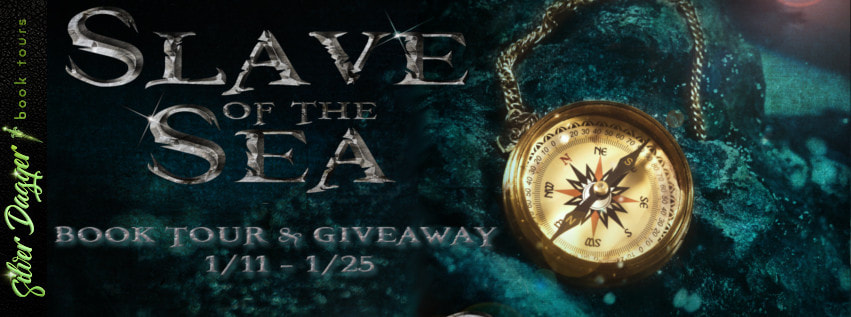Originally posted by Renee Scattergood:
If you haven’t already, read these first:
Step 1 | Step 2 | Steps 3 & 4 | Step 5 | Step 6 | Step 7 | Steps 8, 9 & 10

Now that we’re all caught up, time to move on to Steps 11 & 12.
Step 11 is simple but takes a good amount of time. This is where I combine and expand on events to create a basic outline.
I go back to the events that I’ve put in “Narrative Order” and I make a new folder called “Scenes”. Then I go through the events and write a few sentences to describe the event and create a scene. Sometimes I might combine events into one scene. Other times I might break up an event into two or more scenes. It really depends on what is happening in each event.
I don’t worry if there are gaps in the story for now. Those will be filled in later. I just create the scenes for the events I have so far. Depending on the size of the story this can either take a few hours or a few days to complete.
I also label each scene with a title, POV character, and if it’s a flashback or dream sequence, I add that to the label as well. The titles just need to be three or four words that describe the contents of the scene. They don’t have to be anything fancy.
Once this is done, I move on to Step 12, which is one of my favorite parts of the planning process.
Step 12 has two parts.
First, I make a timeline. If the story is going to have a specific calendar, this is where I develop that. If not, then I just use something simple like “Month 1, Day 1” or something to that effect. I use the scene titles to fill in the timeline. This is a really good way to determine the timing of events, and then later if you need to add in a scene, you can use the timeline to decide where to fit it in. It’s also great for working subplots into the story.
When the timeline is finished, I make sure it matches the scene order. Sometimes I find that while working out the timeline, the scene order can change.
As with Step 11, the time it takes to do the timeline varies with the size of the story. For a short story, it might take less than an hour. For a novel series, it can take a few days to work through it all. Take your time with it though. This is one of the most important steps for putting your story together.
When I’m done with the timeline, I create a map for my world. I only do this when the characters do a lot of traveling or the story takes place in a large world. It’s a good way to make sure I’m consistent with distances and travel time as well as direction. It’s also a good way to help me visualize the world while I’m writing. It doesn’t have to be a perfect map. It just needs to give you a good idea of where everything is located, and the distances.
I’m not great at drawing, so my maps just have a lot of basic shapes and lines on them. The main details on my maps are the names of the places, streets, bodies of water, etc. And I label the distances between each place and the approximate travel times based on the modes of travel used in the story.
I’ve only ever done this for novels, novellas, and serials, so when I’m writing a short story I tend to try and keep everything in my head. It can take me one or two hours to create a map for my stories. It really depends on how big the world (or at least the part of the world where my story takes place) is.
Next week I’m going on to Steps 13 & 14. By this point, I’m nearly ready to begin writing the first draft, and I tend to become eager. I have to make myself slow down and focus on these last steps. The more time I spend on them now, the easier the writing is later.
Don’t forget to sign up to the right if you don’t want to miss the last eight steps. If you’ve been giving my process a try, let me know how it’s going for you below!


No comments:
Post a Comment